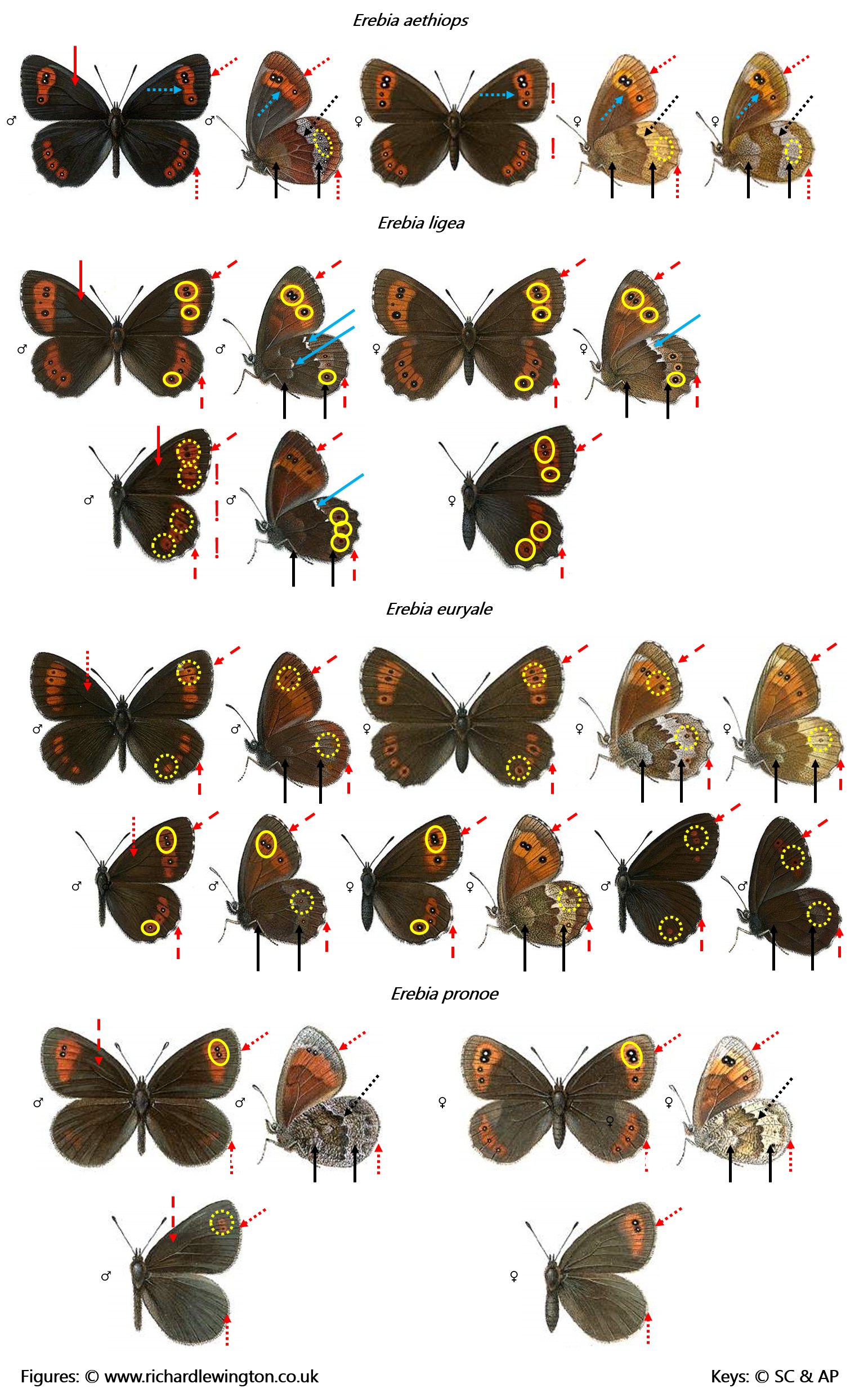|
Erebia aethiops / Scotch Argus
Zijoshja aethiops
Nymphalidae - Satyrinae
Erebia aethiops (Esper, 1777). TL: S. Germany.
 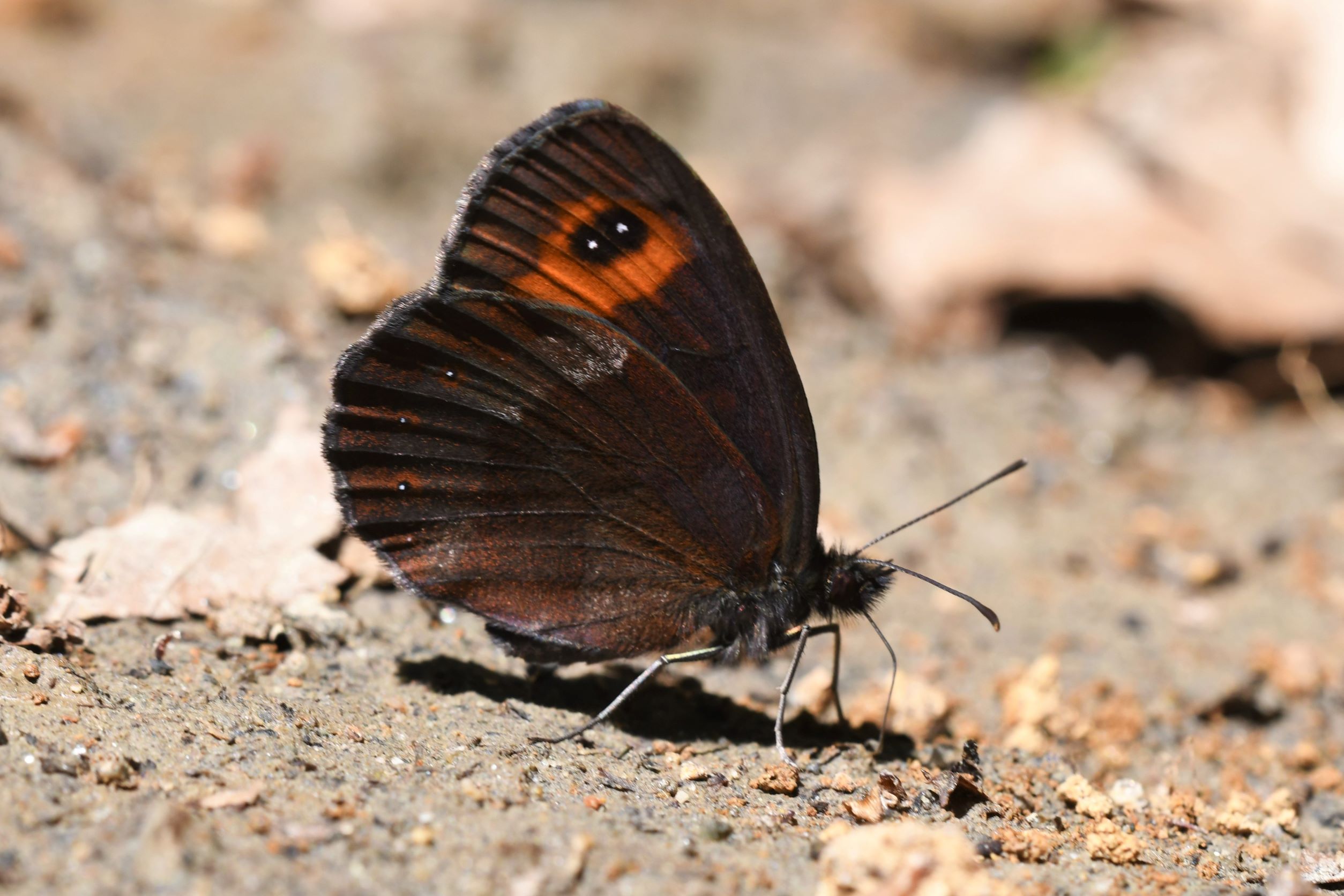
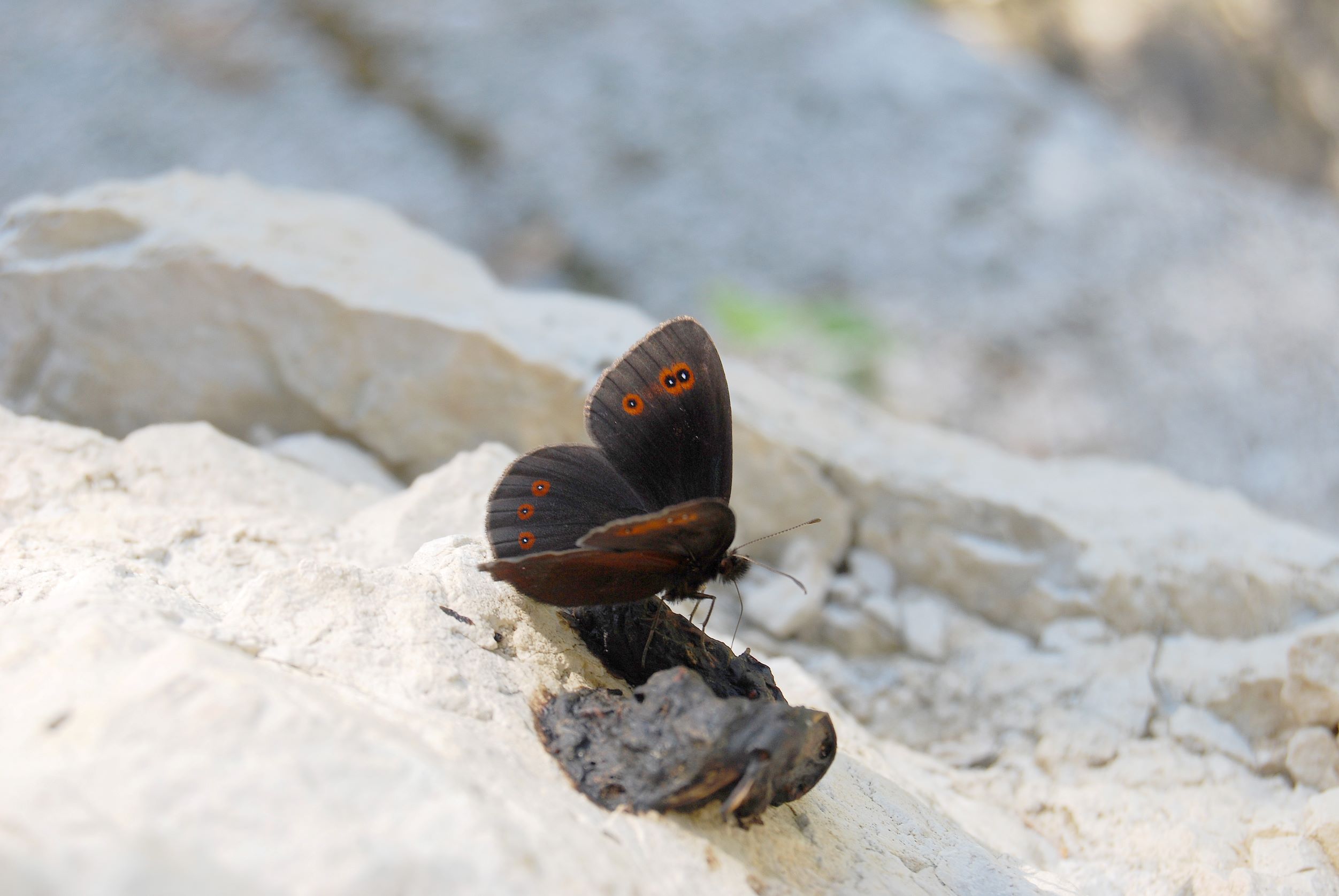 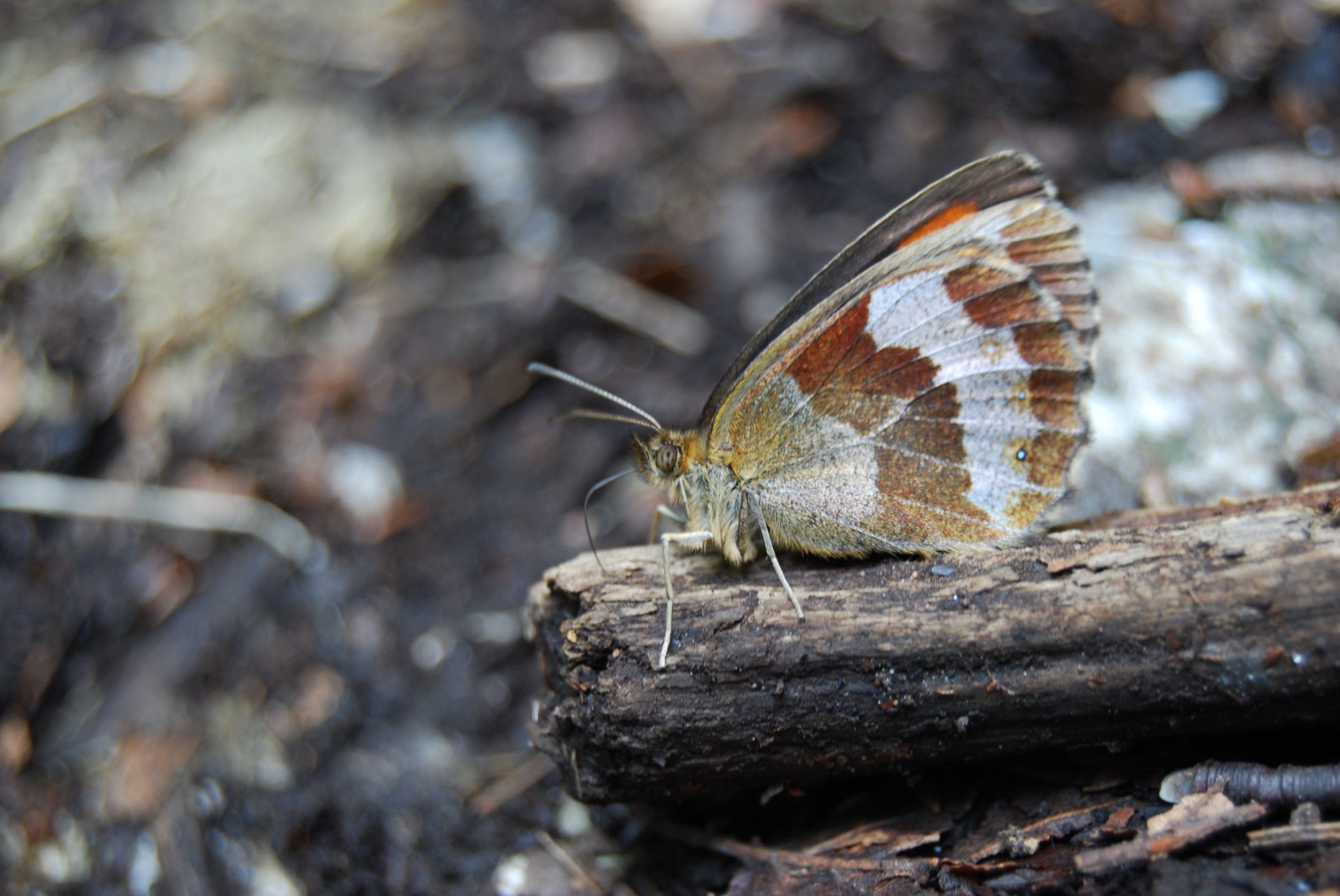
 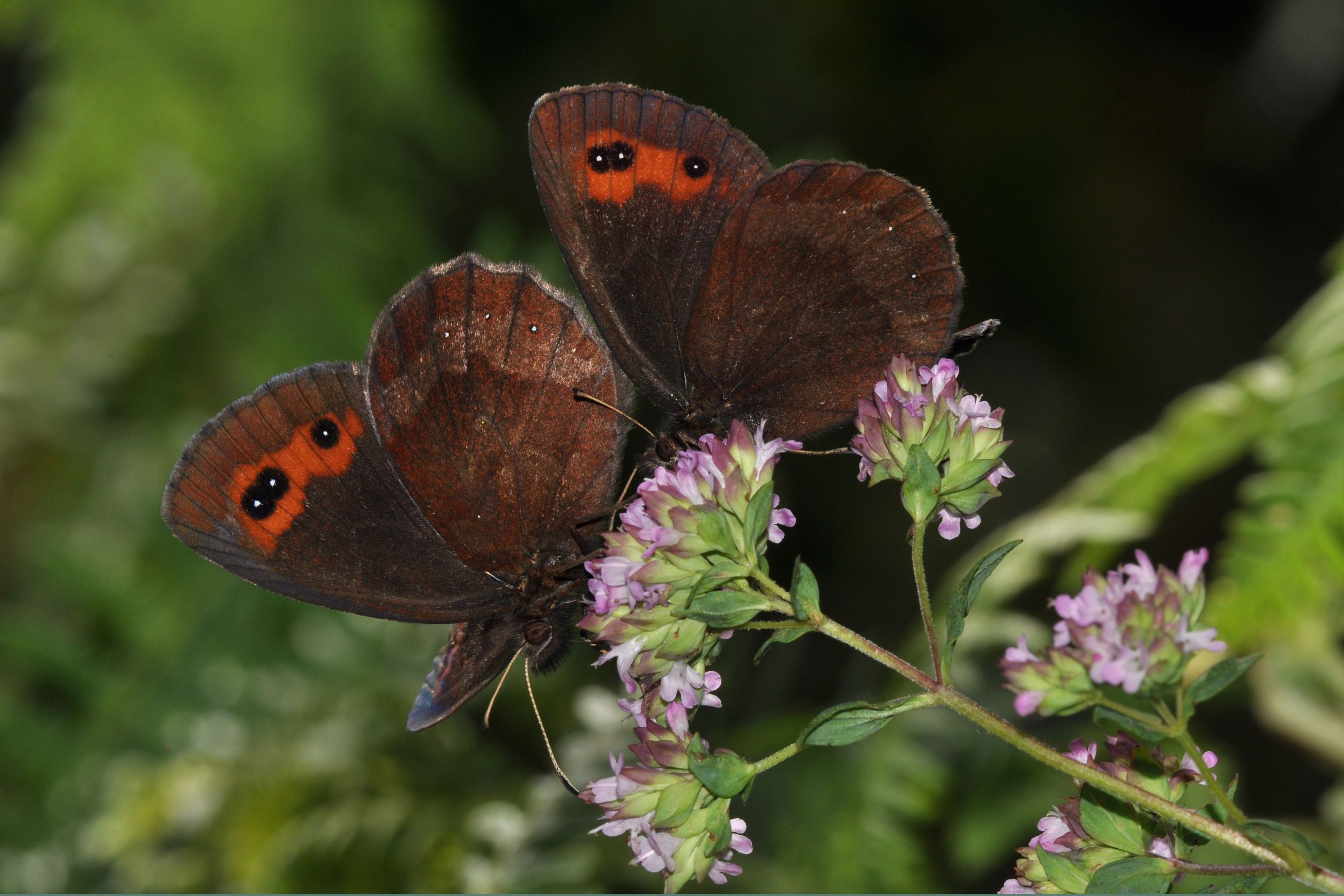
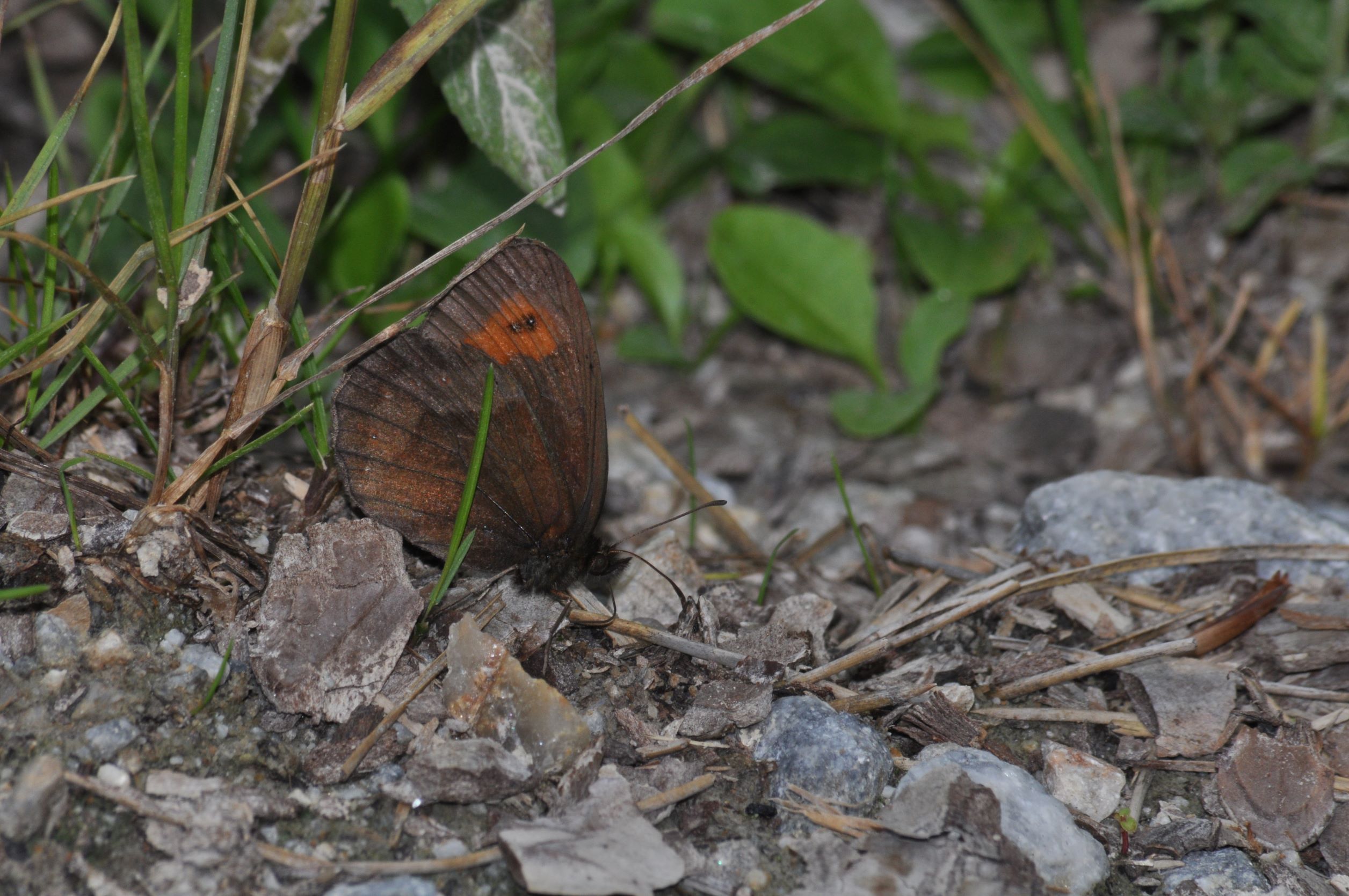 
1a. Erebia aethiops, distribution map (09.i.2025).  Historical data ; Historical data ;  Additional data from the 2018 update ; Additional data from the 2018 update ;  New observations since the 2018 update. New observations since the 2018 update.
1b. Erebia aethiops ♂ underside. Romania (© Sylvain Cuvelier)
1c. Erebia aethiops ♂ lateral. Italy (© Sylvain Cuvelier)
1d. Erebia aethiops ♀ underside. Romania (© Sylvain Cuvelier)
1e. Erebia aethiops ♂ underside. Italy (© Sylvain Cuvelier)
1f. Erebia aethiops ♂ underside. Italy (© Sylvain Cuvelier)
1g. Erebia aethiops ♂ underside. Greece (© Sylvain Cuvelier)
1h. Erebia aethiops ♂ upperside. Greece (© Sylvain Cuvelier)
Description
♂♂
Medium size butterfly. Fw: 22-26 mm.
Ups: brown-black gc.
Upf: conspicuous sex-brand, orange-red postdiscal band often constricted at s3 enclosing white-pupiled ocelli in s2, s4 and s5.
Uph: orange-red postdiscal band often reduced to small orange-red rings, enclosing small white-pupiled ocelli in s2, s3, s4 and sometimes s5.
Uns: dark reddish-brown gc.
Unh: pale greyish posdiscal band enclosing small white points (sometimes small ocelli) in s2 to s5.
♀♀
Similar size.
Ups: paler brown gc.
Upf: paler yellowish orange postdiscal band.
Uph: larger red-ringed ocelli.
Uns: sometimes fringes look slightly checkered pale and dark brown.
Unh: yellow-brown gc, darker discal band with paler basal and postdiscal areas.
Similar species
Life cycle
Adults: single generation from late June to August.
Egg: 14-18 days.
Caterpillar: overwintering as L2 or L3.
Pupa: 14-18 days.
Habitat
Erebia aethiops inhabits sunny, hilly grasslands in areas with scattered bushes and open forest (also among coniferous trees) from 800 up to 1700 m a.s.l.
Spatial requirement modest, population density can be high.
Foodplants
Caterpillars feed mainly on Brachypodium pinnatum, Dactylis glomerata, Festuca ovina, F. rubra and Phleum pratense. Also mentioned are Carex sp., Agrostis canina, Aira caryophyllea, Anthoxanthum odoratum, Briza sp., Calamagrostis epigejos, Molinia caerulea, Poa sp. and Sesleria caerulea.
Butterflies feed on a large variety of flowers.
Distribution
Albania: only recorded in northern Albania, widespread in the Northern Albanian Alps. At the southern limit of the distribution range in the Balkan peninsula.
Balkan: AL - BG - BIH - GR - HR - NMK - MNE - RKS - RO - SLO - SRB
Europe: IB - IT* - ALP - BAL - NWE* - UK* - SCA - EEU
Asia Minor, Transcaucasia, Caucasus and further east.
Conservation status
Erebia aethiops is not endangered.
Albanian Red List: LC.
IUCN Red List, category at the Mediterranean level: NA.
Useful links
Bink 2015
Pyrgus.de
Lepiforum
Euroleps
|
 xx
xx 




 Historical data ;
Historical data ;  Additional data from the 2018 update ;
Additional data from the 2018 update ;  New observations since the 2018 update.
New observations since the 2018 update.